Use this flow chart to determine facility and equipment requirements based on your menu and food preparation activities.
The following equipment, including types of equipment listed in this part that are custom fabricated, must be certified or classified for sanitation by an American National Standards Institute (ANSI) accredited certification program for food service equipment:
- 3-compartment sink;
- Dishwashing machine;
- Mechanical refrigeration units, i.e., walk-in cooler, except for units or equipment designed and used to maintain food in a frozen state;
- walk-in freezers;
- hot-holding equipment;
- cooking equipment, except for microwave ovens and toasters;
- ice machines;
- mechanical slicers;
- mechanical tenderizers and grinders; and
- food preparation sink.
- food preparation surfaces, i.e., stainless-steel table and countertops for handling open food.
Used equipment may be approved, by the regulatory authority as part of your plan if it:
- Has one or more of the American National Standard Institute (ANSI) certification marks.
- Met existing applicable standards when it was manufactured, and it was not altered or modified.
- Is in good repair.
- Is easy to clean.
- Has non-toxic food-contact surfaces.
- Must be designed for commercial use.
- Does not pose a health hazard.
| Certification Program |
Mark
|
|---|---|
| NSF International (NSF) |
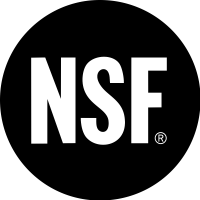
|
|
Intertek Marked "ETL Sanitation Listed" |
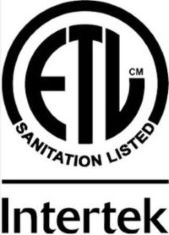
|
| Underwriters Laboratory (UL) Marked "Classified UL EPH" | 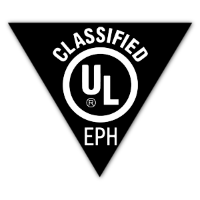 |
| Canadian Standards Association (CSA) Marked "CSA Sanitation to NSF/ANSI" |
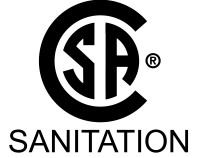
|
| National Automatic Merchandising Association (NAMA) |
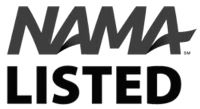
|
| Baking Industry Sanitation Standards Committee (BISSC) |
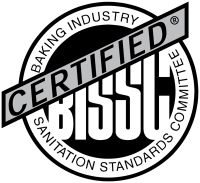
|
| IAPMO |
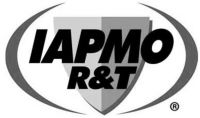
|
- Equipment that is custom fabricated must be designed and constructed by an ANSI-certified fabricator and approved by the plan review department prior to production.
- Submit the ANSI fabricated drawings as an attachment to the plan review application to mitigate costly revisions.
Exhaust hoods must meet the requirements in the Minnesota Mechanical Code, Minnesota Rules, Chapter 1346. For more information see "Step 7 - Other Considerations".
- Specification sheets can be found online, directly from the manufacturer, or an equipment supplier.
- If used or existing equipment are available onsite, provide a photo of the equipment and the information label on it.

